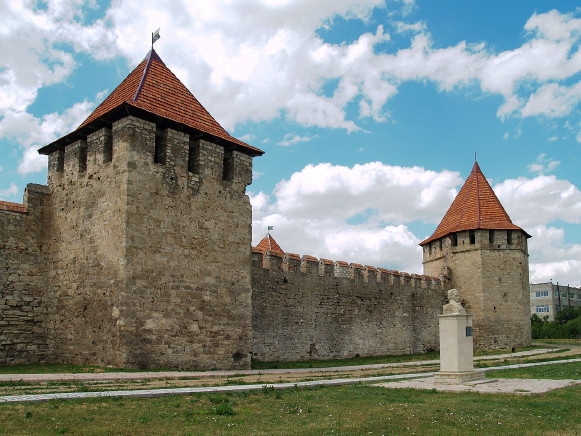Bendery
Bendery (Бендери; Тягиня; Tiahynia; Romanian: Tighina). Map: Bessarabia, now in Moldova, a port on the Dnister River and a major railway junction. In the past it was an important strategic point for crossing the Dnister. In the 12th century the Genovese built a fortress on the location of the Slavic settlement, and at the beginning of the 16th century Bendery came under Turkish rule. In 1812 Bendery came under Russian rule and became a county market town and fortress; in 1918 it came under Romanian rule; and in 1940 it became part of the Union of Soviet Socialist Republics. Bendery is known for its involvement in the Cossack campaigns of the 16th century and the Russo-Turkish wars of the 18th and 19th century. In 1709 Hetman Ivan Mazepa died in the nearby village of Varnytsia, and that same year, as a result of the election of Hetman Pylyp Orlyk, the Constitution of Bendery was proclaimed. In March 1919, with the permission of the Entente, the Zaporozhian Corps and part of the southeastern contingent of the Army of the Ukrainian National Republic forded the river there in order to reach Volhynia by traversing Romania and Galicia. Bendery was largely destroyed in 1941 and 1944. In 1941 the city was made up of Ukrainians (9 percent), Romanians (60 percent), Russians (9 percent), and Gagauzy (18 percent). Since the Second World War Bendery has grown considerably; in 1930 it had a population of only 31,000. The city has machine building, construction-supply, and food- production industries, as well as light industry. One of its architectural monuments is a Turkish fortress.
[This article originally appeared in the Encyclopedia of Ukraine, vol. 1 (1984).]
